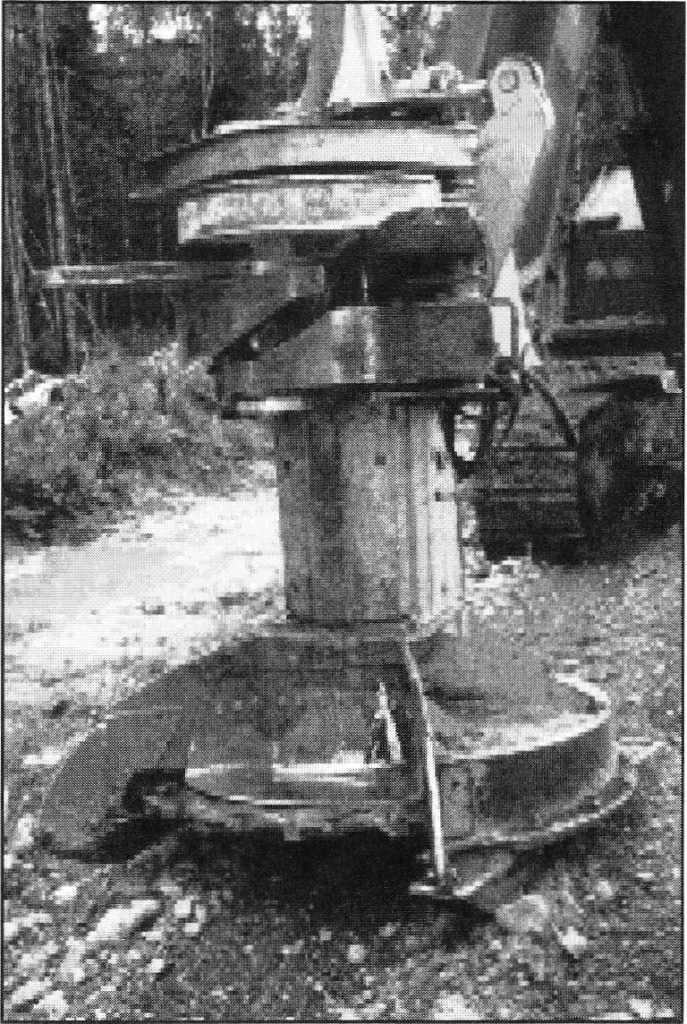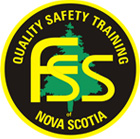Flying Saw Tooth Narrowly Misses Workers
Hazard Alert
Flying Saw Tooth from Felling Head Narrowly Misses Nearby Workers
A feller-buncher operator was cutting in an area when suddenly a saw tooth broke away from the saw disk and was propelled more than 100 feet. The tooth travelled through the three-quarter-inch plywood wall of a storage shed located nearby, narrowly missing a skidder operator and service truck operator who were standing barely 20 feet from the shed. Although the two workers did not see the flying projectile, they heard it strike the wall of the shed. The workers were able to signal the feller-buncher operator who promptly shut down the machine. The saw tooth was found on the floor of the shed. Upon inspection of the saw disk, a missing tooth area was identified. There were no obvious defects or broken parts in the saw tooth, or at the tooth mounting surface on the saw disk. The cap screw and washer could not be found. There was however, some build-up of hard compacted debris at the tooth mounting surface ofthe missing tooth, as well as on many of the remaining tooth mounts.
WHY DID THIS HAPPEN?
Based on the fact that there was no sign of metal failure or breakage such as might be found if the saw struck a rock, and no other broken parts were seen, it was determined that the tooth was thrown from the disc because the cap screw had become loose. The considerable amount of compacted debris at the mounting surface indicated that the tooth could not have been correctly torqued down and worked itself loose. The operator indicated that he had not cleaned the area but he had torqued the cap screw at the start of his shift. However, he also indicated that he had operated the machine for more than seven hours without any further checks ofthe saw blade disc and teeth.

Recommendations to Prevent a Recurrence
- All workers must receive training, post-training evaluation and adequate supervision to ensure that they know and carry out safe work procedures relating to routine maintenance of the cutting disc and teeth on a continuous rotation blade.
- All saw teeth mounting areas must be periodically cleaned to remove build-up of debris. The teeth mounts must be correctly torqued down following manufacturer’s specification at the start of each shift and checked thoroughly after every four hours of operation.
- The other workers and the location of the tool shed were within the operating danger zone. The feller-buncher should not have been operating within 300 feet of areas where other workers might be located.
